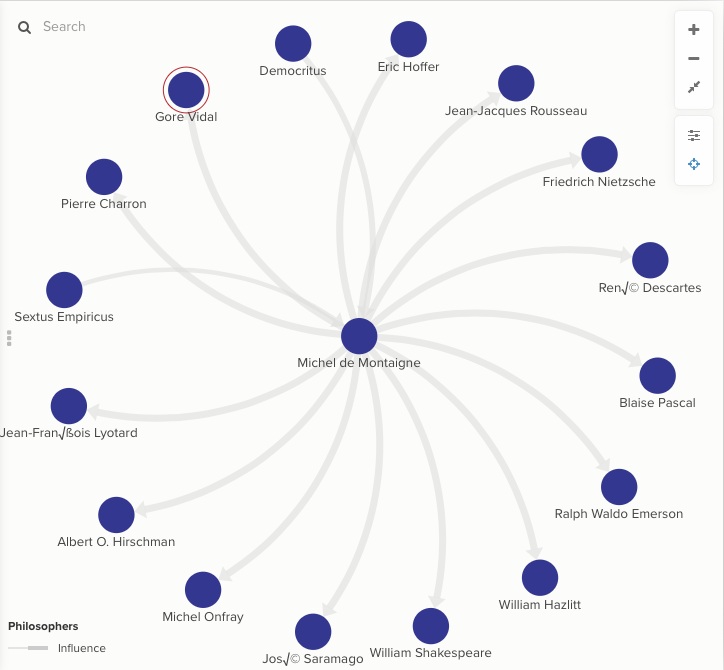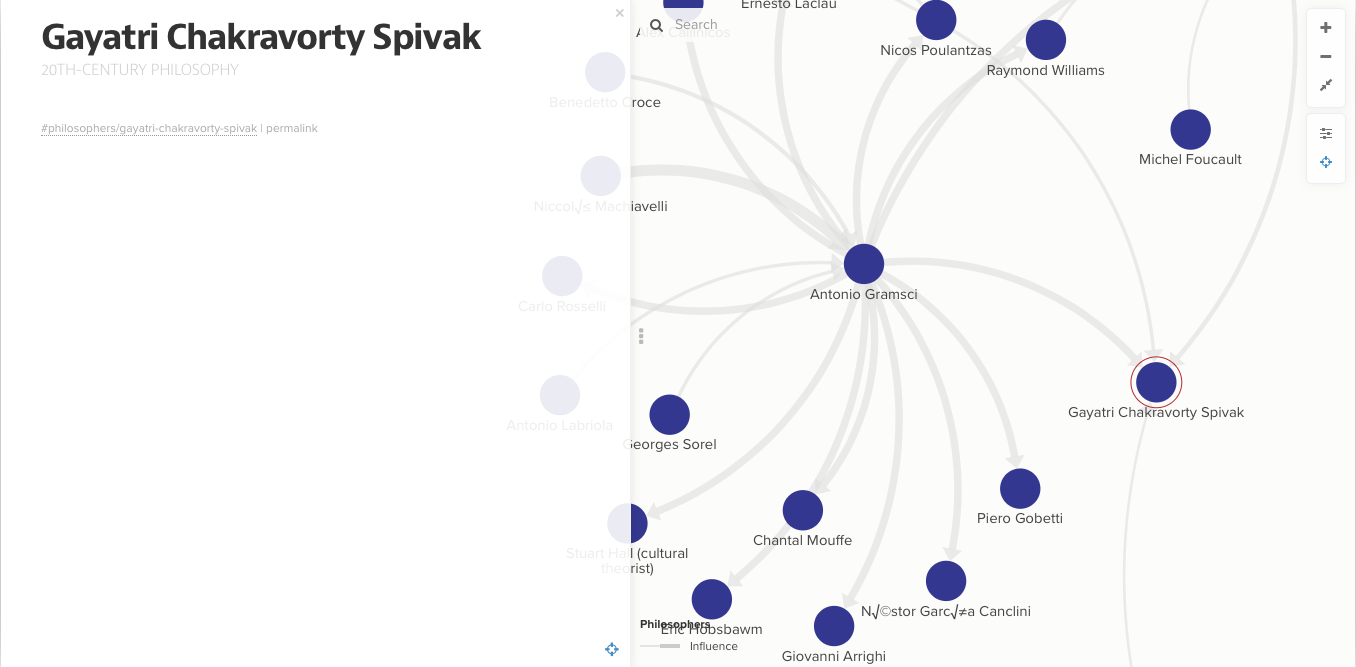
As Halloween draws nigh, our thoughts turn to costumes.
Not those rubbery, poorly constructed, sexy and/or gory off-the-rack readymades, but the sort of lavish, historically accurate, home-sewn affairs that would have earned praise and extra candy, if only our mother had been inclined to spend the bulk of October chained to a sewing machine.
Not that one needs the excuse of a holiday to suit up in a fluffy 50’s crinoline, a Tudor-style kirtle gown, or a 16th-century Flemish outfit with all the trimmings.…
Accountant Artemisia Moltabocca, creator of the historical and cosplay costuming blog Costuming Diary, has primed our pump with a list of free historical medieval, Elizabethan and Victorian patterns, including ones for the garments mentioned above.
Click through the many links on her site and you may find yourself tumbling down a rabbit hole of some other cos-player’s generosity.
That link to the custom corset pattern generator may set you on the road to creating a perfectly fitted Viking apron or a good-for-beginners tunic. (“Bring out yer dead!”)
Fancy even more choices? Moltabocca’s Free Historical Costume Patterns Pinterest board is a veritable trove of dress-up fun.

The Los Angeles County Museum of Art’s Costume and Textiles Project has detailed downloadable PDFs to walk you through construction of such anachronistic finery as a 1940’s Zoot Suit, a 19th-century boy’s frock (above), and a man’s vest with removable chest pads (hubba hubba).

An 1812 Ohio Militia Officer’s Coat from the Ohio Historical Society.
A pair of Nankeen Trousers courtesy of the Royal Ontario Museum.
A bullet bra (hubba bubba redux!)—pair it with a 1940s Vogue hat and handbag and you’re ready to go!
A Regency Drawn Bonnet and an Improved Seamless Whalebone Underskirt from E. & J. Holmes & Co, Boston, 1857.
If you’re feeling less than confident about your sewing abilities, you might make like an upper-class Roman in an Ionian chiton.
Or just curl a synthetic wig!
Press someone else’s seams with a straightening iron, then kick back and enjoy the vintage ads, photos of antique garments, and the period information that often accompanies these how-tos. And check out the 1913 patent application for Marie Perillat’s Bust Reducer, a miracle invention designed to “prevent flesh bulging while providing self adjustable, comfortable, hygienic support.”

Begin with some of Costuming Diary’s historical sewing patterns before delving into its massive pattern collection board on Pinterest.
Related Content:
Browse a Collection of Over 83,500 Vintage Sewing Patterns
1930s Fashion Designers Predict How People Would Dress in the Year 2000
Ayun Halliday is an author, illustrator, theater maker and Chief Primatologist of the East Village Inky zine. Her current sewing project is 19 headpieces for Theater of the Apes Sub-Adult Division’s upcoming production of Animal Farm at the Tank in New York City. Follow her @AyunHalliday.














